Will camping be as popular in 2023 as last year?
The Dyrt’s annual camping in America report is here – find out what’s changed and what’s staying the same in 2023
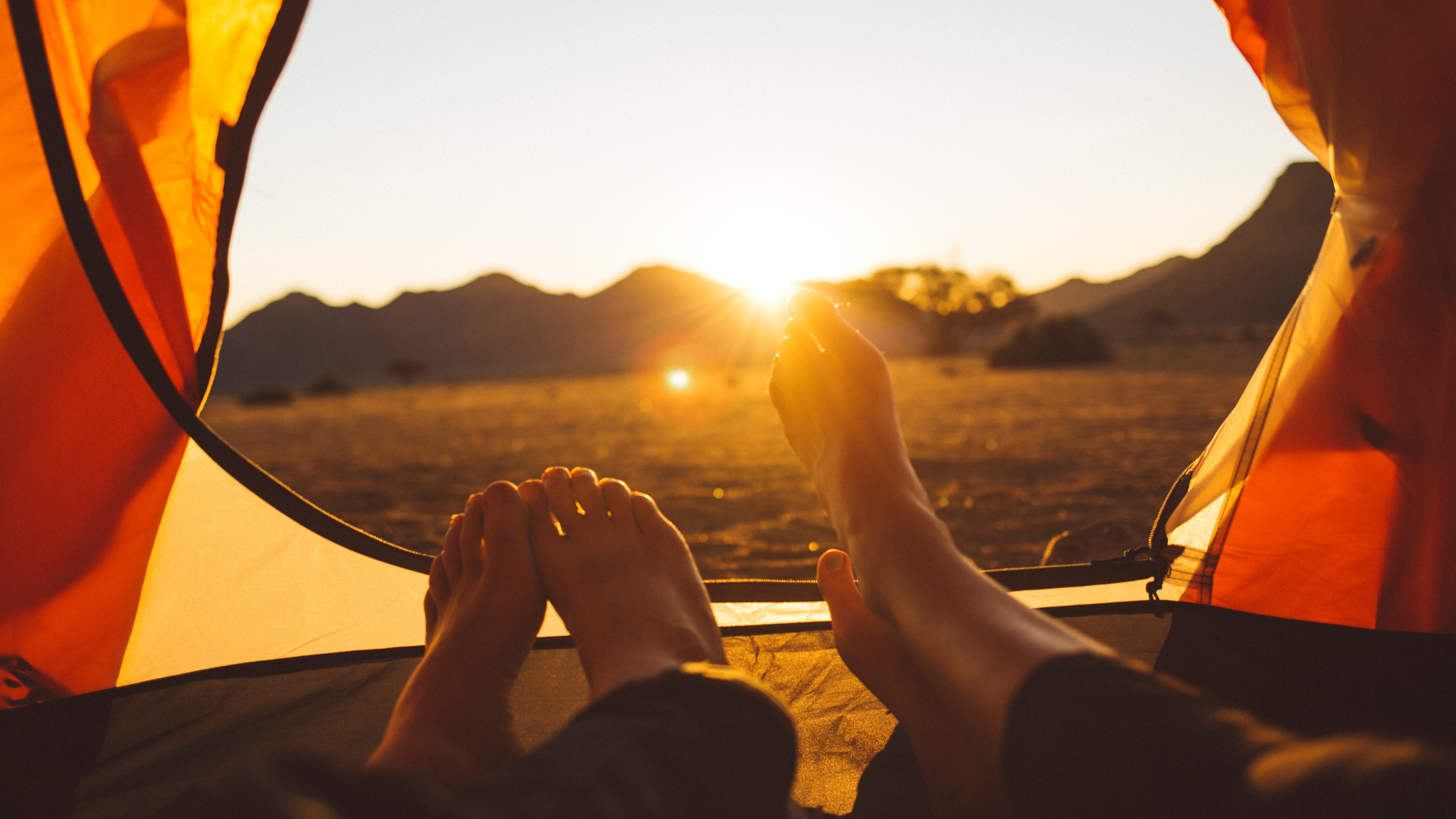
Almost no matter where you live in the US, you’ve no doubt had a tantalizing taste of spring by now – a surprising balmy day or the sight of a crocus breaking through the surface. Before you know it, you’re browsing for a new two-person tent, wondering if you should dig your sleeping pad out of storage and make sure it’s not developed any leaks and daydreaming about afternoons spent swinging in a hammock. Yes it's early in the year, but if you went camping in 2022, you might have battled to find a camping spot, making you wonder if you're really being so premature after all.
So what’s in store for the world of camping in 2023? The past couple of years saw a big surge in outdoor sleeping, but now that life is returning to normal, will vacationers head back to the cruise ships? Or are you looking at another year of navigating the National Parks reservation system and cruising BLM land looking for a spot to pitch your tent? Camping website The Dyrt has released its annual camping trends report to answer your questions, with all the data on camping from last year, and predictions for 2023.
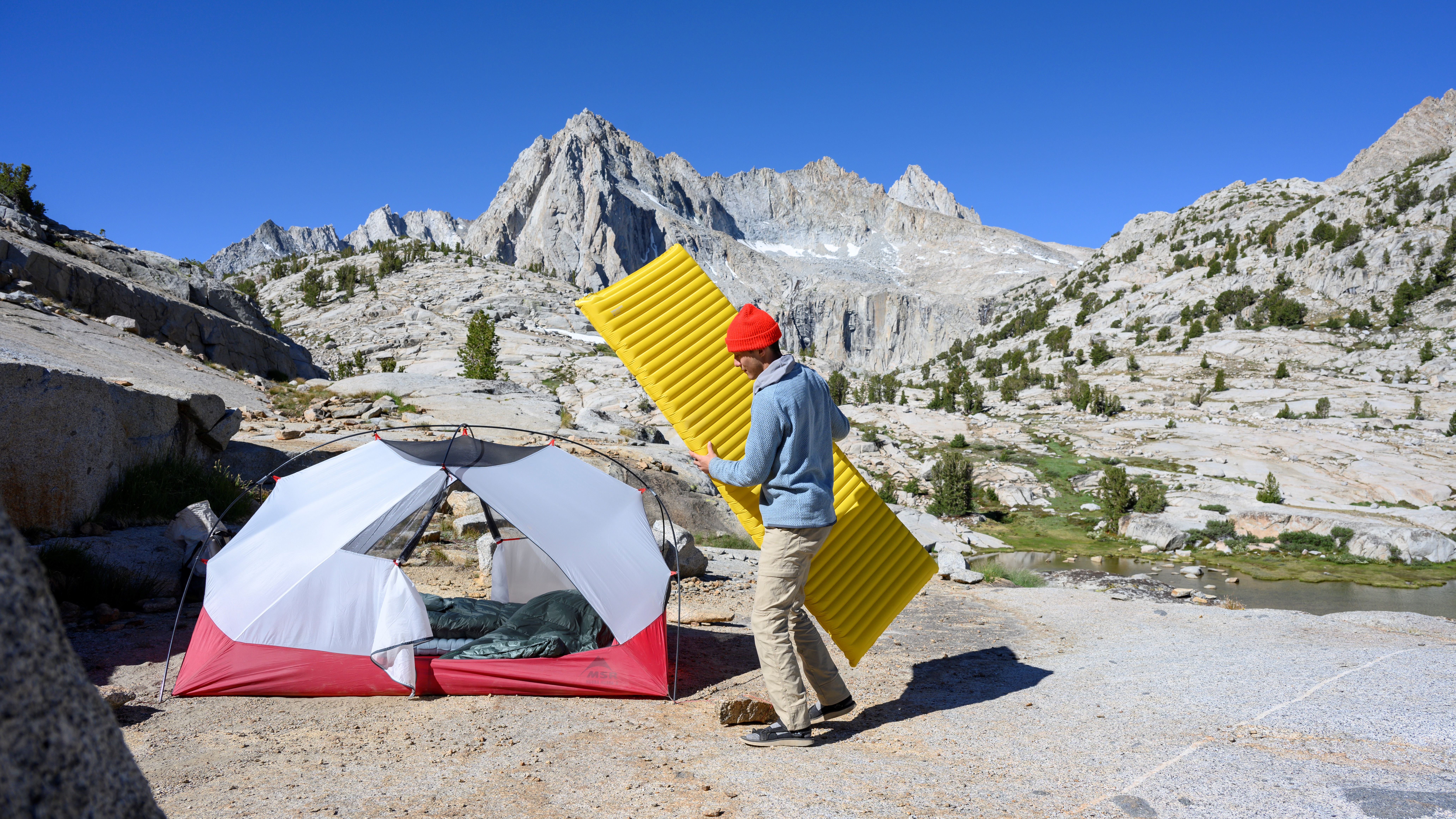
1. Camping keeps on growing
No, people aren't jumping the camping ship for the cruise ship just yet. Overall, camping saw a massive increase in 2022, up 28% over the previous year. It’s not just that more people are camping either; it turns out that people are camping more often, too. In fact, 13.4% of those surveyed reported taking more than 11 camping trips last year. That’s a lot of camping meals!
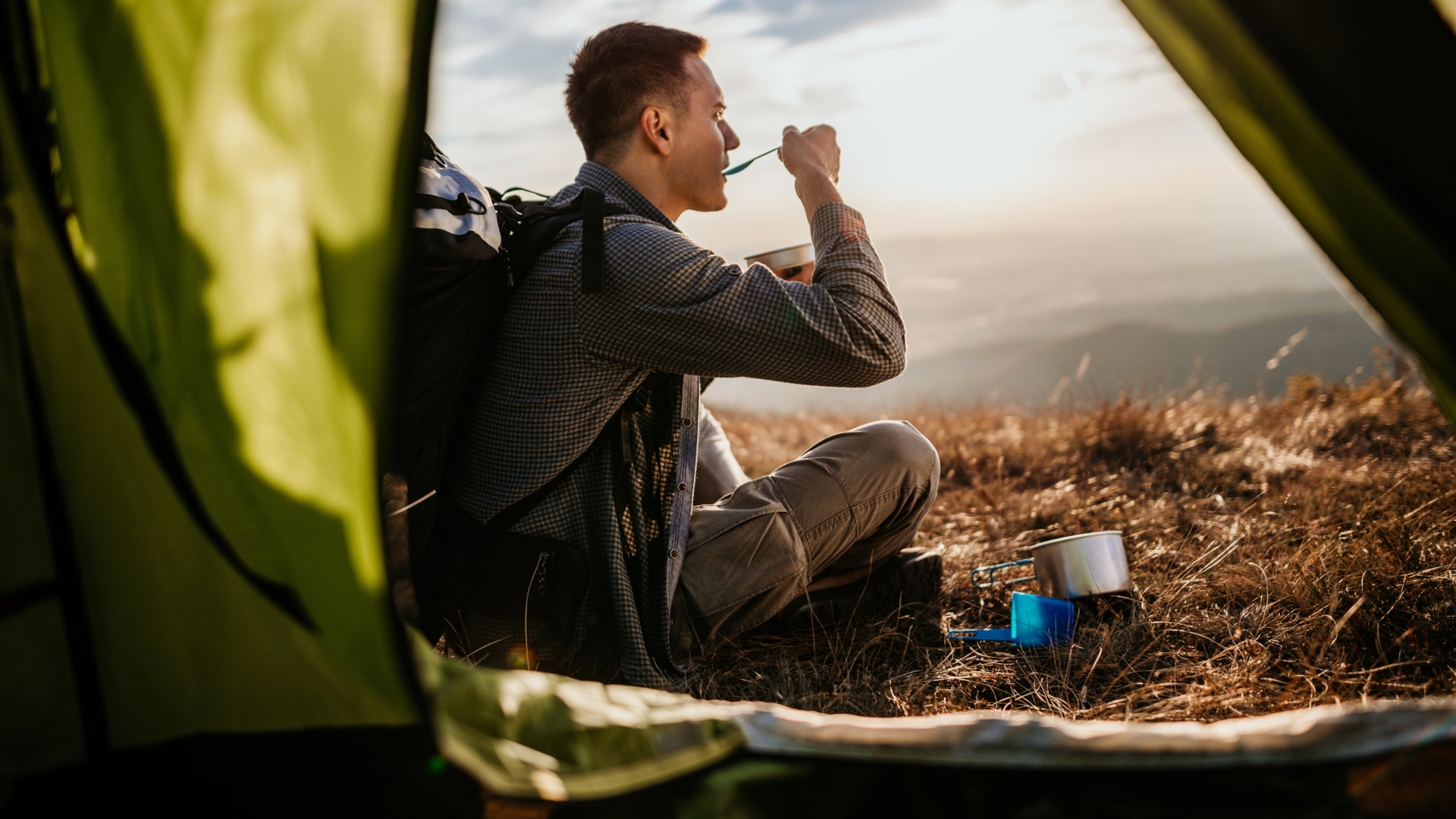
2. It’s harder to find a campsite
Campsites were nearly twice as scarce in 2022 as the year before. Since 2019, it’s become five times more difficult to find a campsite, with 35% of people saying advance bookings are full, while campground closures due to wildfires and weather increased threefold between 2021 and 2022. So, you’ll want to think ahead about when and where you want to go, consider camping in one of the quieter National Parks, the backcountry or on BLM Land instead of developed campgrounds, and for frontcountry camping remember you can use the Dyrt app to find campsites. As usual, weekend warriors will have the hardest time finding a spot, with Wednesdays reported as the best day to find an open site, closely followed by Tuesdays. The good news is that 35.7% of property managers say they added campsites in 2022, to keep up with demand.
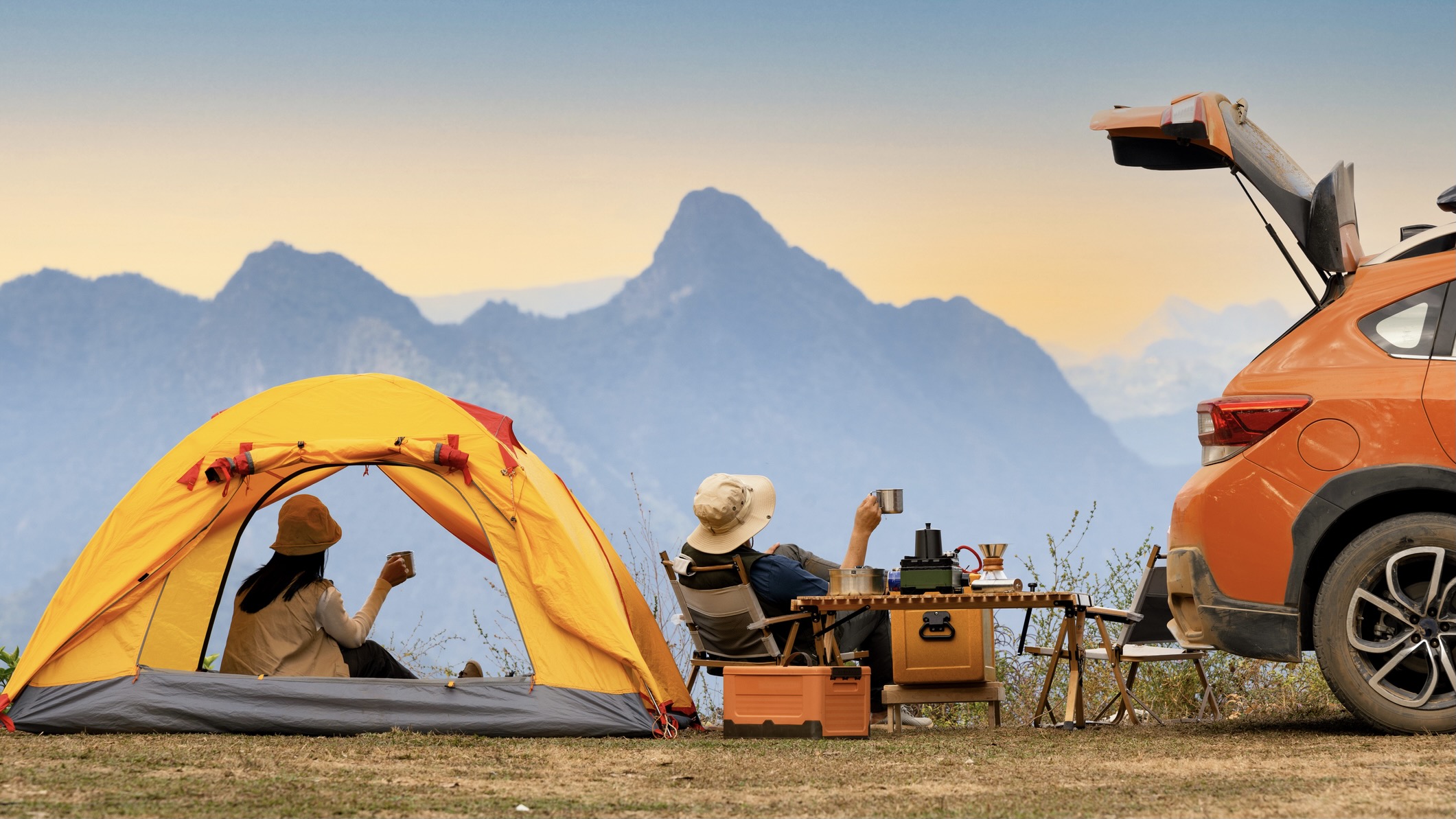
3. Camping is getting more expensive
For those of you who prefer the convenience of car camping in a developed campground with fire rings, tent sites and maybe even toilets, get your wallet out. In 2022, 48.6% of property managers raised their rates, and a further 46.4% say they plan to increase their prices this year. One Santa Barbara campground is reportedly charging $100 to camp there, but exceptions aside, we’ve no doubt that camping still remains one of the cheapest ways to enjoy a vacation. And remember, backcountry camping is usually free or comes with a very small fee, so dust off those hiking boots and consider taking the heel-toe express to camp.

4. Not everyone is roughing it
More people might be sleeping outdoors, but that doesn’t mean more people are actually roughing it. Half of all US campers actually do so in a vehicle such as an RV, pop up camper or car, according to the report. Meanwhile, 10% more people went glamping in 2022 compared to the previous year and opted for the cushier sleeping arrangements of yurts and cabins and the warm glow of a double-burner stove.
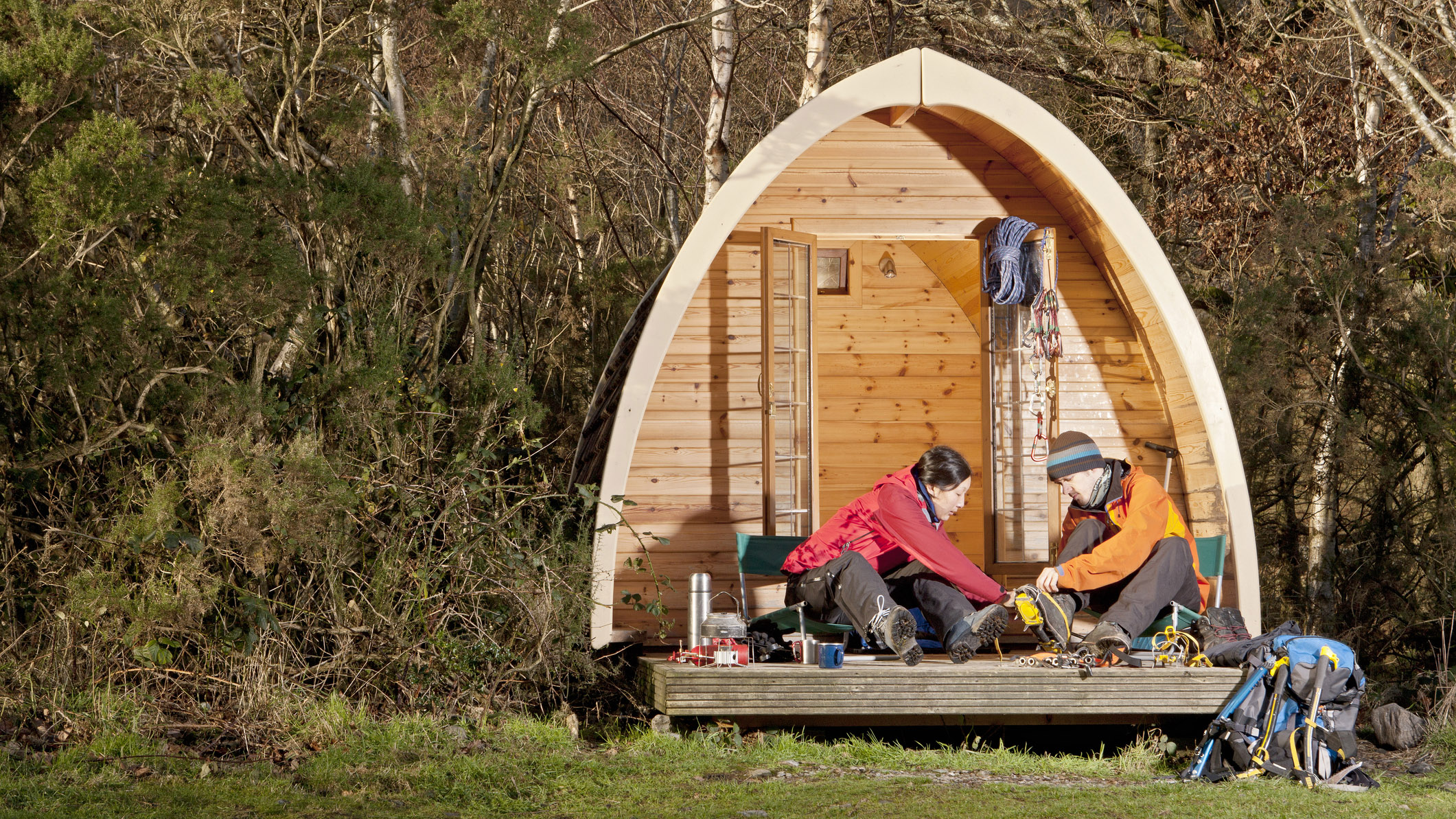
5. It’s not all fun and games
We mentioned weekend warriors finding it harder to get spots, and some crafty campers have found a way around this. Camping used to be all about breaking away and unplugging, so we were stunned – and slightly impressed –to learn that nearly a quarter of campers reported working remotely from their campsites, with campers twice as likely to bring their laptop. If you’re thinking of working al fresco this year, make sure you check out the best solar chargers to keep your devices fully juiced.
All the latest inspiration, tips and guides to help you plan your next Advnture!
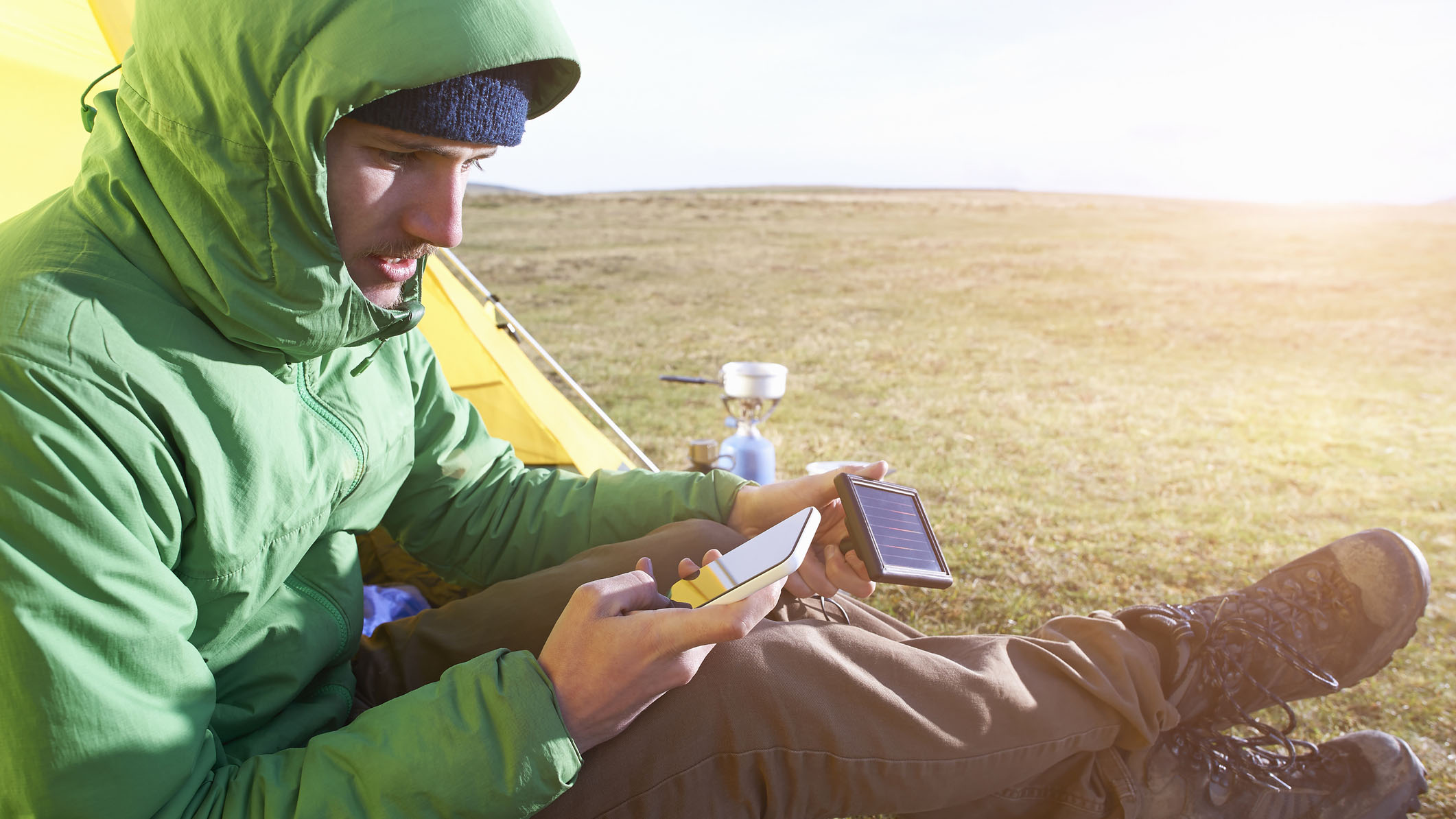
6. Camping is no longer just for summer
Twice as many campers went winter camping last year, but it wasn’t the foolhardy youngsters leading that charge. Rather, campers aged 55 and over were more likely to set off in a four-season tent and sleeping bag to brave the cold than their younger counterparts.
Julia Clarke is a staff writer for Advnture.com and the author of the book Restorative Yoga for Beginners. She loves to explore mountains on foot, bike, skis and belay and then recover on the the yoga mat. Julia graduated with a degree in journalism in 2004 and spent eight years working as a radio presenter in Kansas City, Vermont, Boston and New York City before discovering the joys of the Rocky Mountains. She then detoured west to Colorado and enjoyed 11 years teaching yoga in Vail before returning to her hometown of Glasgow, Scotland in 2020 to focus on family and writing.

